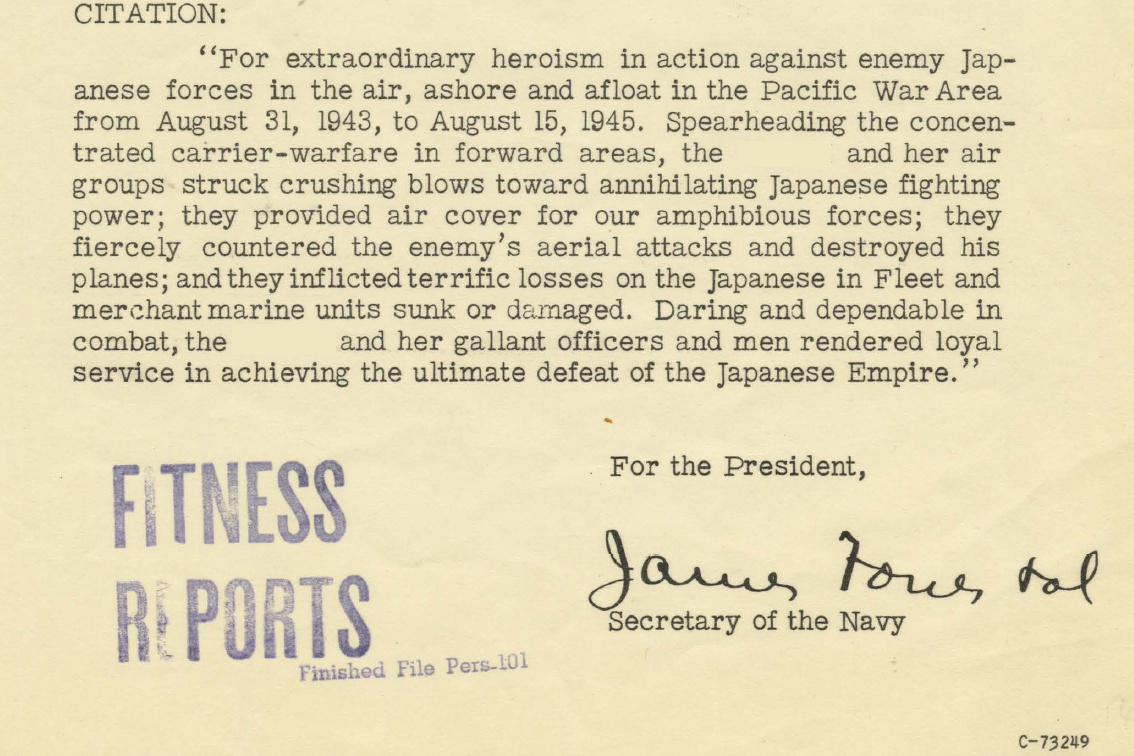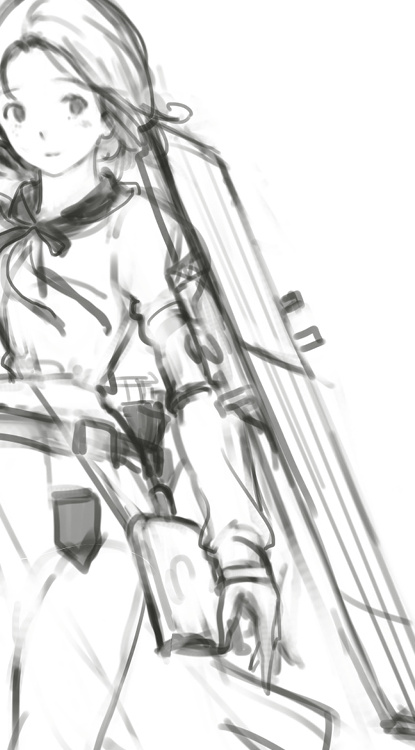STEC Archives, Print Document Division
Curator signature: Narwhal
Format: Textual Record
Object: Personal letter from Adm. Ivan Kolishkin (ret.) to (ret.), & staff
Original Language: Russian
Location (if known): Unknown.
Time (if known): Unknown (50s-60s)?
Comrade, it has been a while since I have past wrote to you. I do hope you are doing well!
Unfortunately, my time in the Navy has passed. As such I am writing to you to give some advice. If what little I heard about this new worldwide threat is correct, you will need as much as you can get.
This new enemy has superior weaponry than we do. That is a fact. In time they may indeed have superior numbers as well. Even in this age of atomic reactors and fearsome missiles, we may still be outclassed. Fortunately, this is not the first time our submarines have fought against an enemy with greater technology and numbers. During the war, our submarines were able to accomplish much with little numbers and outdated boats. To that we owe the individual submariner a large debt. So long as the Soviet Union stands, our debt to you will only grow.
But, I am writing to you today to alleviate some rumors you may have heard.
As you have undoubtedly heard, the Soviet Navy has started to increase ties with the western navies in order to counter a worldwide threat. The exact natures you may have heard about and I can tell you that it is true. Along with this came a certain agent of immeasurable strength. I have met her and am pleased to say that she will aid the submarine fleet greatly. For it is with high spirits that I announce to you that we have a comrade of our own who is every bit the equal of the westerners. Not only that, but she has an uncanny ability to lift spirits and we are incredibly fortunate to have her. I feel that she will be of great help to us all in the years ahead. Do not forget the strength of comradeship! With comradeship we have achieved the impossible. Our men and women are prepared to lay down their lives for their country. Our strength is in our people. As such it is imperative that morale should be always high and the revolutionary spirit be kept up.
Good luck! You will make our people proud.
Attached note for circulation:
INTERNAL MEMO – ADMIRAL RICKOVER – TO ALL USN SUBGIRLS PART OF SPECIAL MEETING GROUP “E”
You know I’ve read so much propaganda out of the Soviets that these intercepts no longer convey much meaning. If I wanted to read about the CIA’s incompetence I’d have done that myself!
So the reds got a subgirl. Good! Does she dive? How deep? Can she swim? How fast? Is she a good shot? How good? What is her combat capability? Does she possess any outstanding talents? Has she experience in fighting the damn things? How good is her equipment, in comparison to ours? How skilled are they at managing her? What of operational limits? How well does her fairies understand the maintenance and the repair of her gear? Where does she envision the Soviet naval program to be at in five years? Ten? Fifteen? What is the strategic trajectory of their research and development, and how is this relevant to us in context of both US and world interests?
This letter showed up on my desk four months late. By now, thanks to my people’s excellent efforts, I already know the answer to all of the questions up there except for one. I expect that’s what we shall discuss in the upcoming meeting, and I expect all of you to be there.
Especially you, Sculpin! I know you ask good questions so don’t be dumb. I want to see if they can prove that “every bit our equal” talk.
Today’s little piece was created with a couple of things in mind. K9 wrote the section with Admiral Kolishkin, and we wanted to give people a glimpse of both the type of writing and the general style of thought that the USSR operated under in the 1950s and 60s.
There are many pieces written about Rickover, here and elsewhere. The man is something of a legend, and I’ve taken care to attempt to emulate his hard-hitting blunt personality. This is, after all, a man who described himself with the charisma of a chipmunk, but he didn’t see the need in that so long as things got done.
You might be wondering in that how would Rickover have gotten involved in STEC so early during his career. The answer to this is well, consider this. At 1958, the Nautilus first completed her journey to the north pole. Rickover would be promoted to Vice Admiral and then spend the next thirty years on nuclearizing the US navy. Considering the remarkable precedent of zero nuclear accidents, the USN would be well aware of his immense talent – even though they may not like him personally.
Rickover is big on technological development, huge on safety, and takes personal responsibility on every project and every detail. The legends about him being present at every sea trial of every nuclear submarine to put his personal stamp of approval on its integrity is less legend and more like actual fact. He enjoys a personal challenge, shuns protocol and (in general what he views as unnecessary) pomp and circumstance, and he has extremely, extremely unorthodox ways of solving problems.
Tell me if dealing with extradimensional alien invaders doesn’t sound like a job right up his alley.



![[Mail Call] 2017/04/15 - Shipgirl Equipment](https://www.stec-hq.com/wp-content/uploads/2020/05/698b1f1fly1fenn1a3rx2j208n0b9abj.jpg)